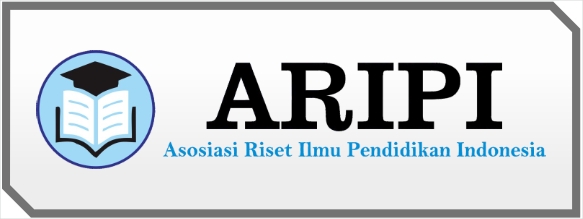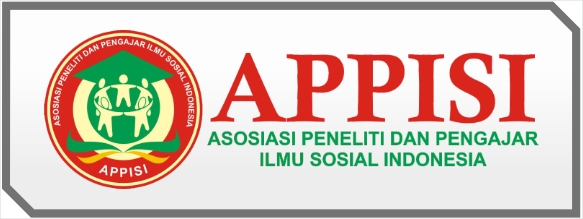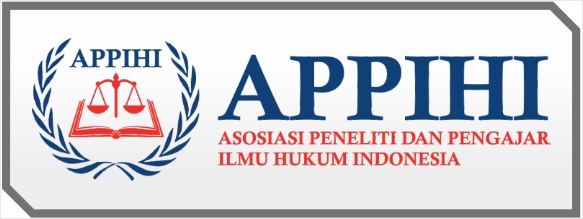Analisis Pengaruh Pembelajaran Bahasa Jepang Terhadap Minat Mahasiswa Bidang Informatika Untuk Bekerja Di Jepang
DOI:
https://doi.org/10.59581/jipsoshum-widyakarya.v2i3.3340Keywords:
The Influence of Learning Japanese, Correlation, Descriptive AnalysisAbstract
Japanese is one of the foreign languages that is often studied by students. This research was conducted using a descriptive analysis method with a quantitative approach using correlation. The descriptive method is used to analyze the results of respondent data distributed by survey techniques using the Google From platform, and the quantitative correlation approach is used to determine the relationship between the influence of Japanese language learning on informatics students' interest in working in Japan. The subjects of this study were informatics students at the Vocational School of IPB University. The results of this study indicate a significant influence between Japanese language learning and interest in working in Japanese industries or companies by 64.3% with an average questionnaire percentage of 59.5%.
References
Handini, R. M. (2020). Improving Japanese Writing Skills Through Padlet Media. KIRYOKU, 4(2), 99-105.
Santoso, P. B., Tukiran, M., Hyun, C. C., Wijayanti, L. M., Asbari, M., & Purwanto, A. (2020). Literature Review: Human Resource Development and Education to Enhance Economic Growth. Journal of Industrial Engineering & Management Research, 1(3), 276-285.
Nurcholis, R., Purnamasari, A. I., Dikananda, A. R., Nurdiawan, O., & Anwar, S. (2021). Educational Game for Introducing Hiragana Characters to Improve Japanese Language Skills. Building of Informatics, Technology and Science (BITS), 3(3), 338-345.
Sari, R. P. (2018). Descriptive Statistical Analysis of Loan Data from January to October 2016 and 2017 at PT. BANK RAKYAT INDONESIA (PERSERO) Tbk. UNIT SIMBARWARINGIN. Jurnal Statistika Universitas Muhammadiyah Semarang, 6(1).
Arosyadi, M. I., & Suyantiningsih, S. (2020). Correlation between Library Management Perceptions and Services with Learning Motivation in UNY's Digital Library. Epistema, 1(1), 59-67.
Prasetyo, R. A., & Helma, H. (2022). Multiple Linear Regression Analysis to See Factors Affecting Poverty in West Sumatra Province. Journal of Mathematics UNP, 7(2), 62-68.
Amin, N. F., Garancang, S., & Abunawas, K. (2023). General Concept of Population and Sample in Research. PILAR, 14(1), 15-31.
Nurdin, I., Sugiman, S., & Sunarmi, S. (2018). Application of Ridge Regression (RR) and Generalized Least Square (GLS) Combination Method to Overcome Multicollinearity and Autocorrelation Problems. Indonesian Journal of Mathematics and Natural Sciences, 41(1), 58-68.
Wibowo, R. A., & Kurniawan, A. A. (2020). Correlation Analysis in Determining the Direction of Factors in Public Transportation Services in Magelang City. Theta Omega: Journal of Electrical Engineering, Computer and Information Technology, 1(2), 45-50.
Firmansyah, D. (2022). General Sampling Technique in Research Methodology: A Literature Review. Jurnal Ilmiah Pendidikan Holistik (JIPH), 1(2), 85-114.
Astuti, C. C. (2017). Correlation Analysis to Determine the Relationship between Student Activity and Final Learning Outcomes. JICTE (Journal of Information and Computer Technology Education), 1(1), 1-7.
Ujianantari, N. W., Wahyuningsih, L. G. N. S., & Wismadewi, I. G. A. G. (2023). Relationship between Learning Media and Interest in Learning Japanese Language among Undergraduate Nursing Students at ITEKES Bali in 2022. Jurnal Keperawatan Wiyata, 4(2), 7-14.
Djafri, F. (2018). Narrative Analysis of Japanese Language Learning Processes in Higher Education and Its Influence on Learners' Future Choices after Graduation. Korea, 2(716,353), 3.
Visiaty, A., & Yulianti, V. (2013). Kanji Learning Strategies: A Case Study on Beginner and Intermediate Japanese Language Learners at Al Azhar Indonesia University. Jurnal Al-Azhar Indonesia Seri Humaniora, 2(1), 46-52.
Japan Foundation. (2021). Status of Japanese-Language Education by Region. Retrieved from https://jpf.go.jp/Chapter1_Overview.pdf
Downloads
Published
How to Cite
Issue
Section
License
Copyright (c) 2024 Jurnal Insan Pendidikan dan Sosial Humaniora

This work is licensed under a Creative Commons Attribution-ShareAlike 4.0 International License.














